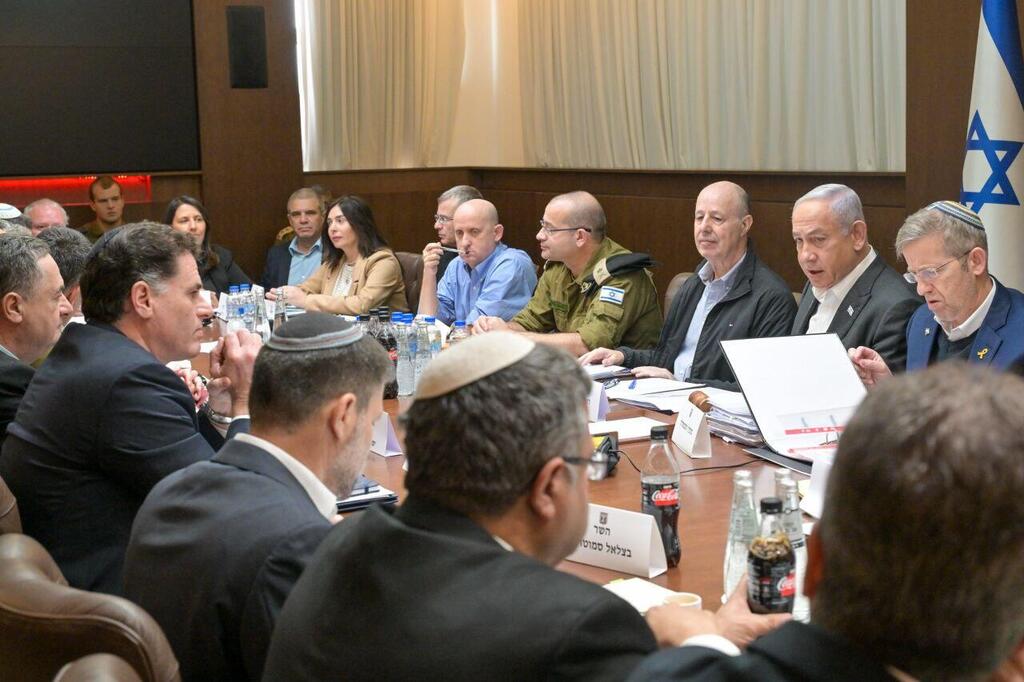Getting your Trinity Audio player ready...
As a new cease-fire takes hold in Gaza, Hamas fighters, who normally dress as civilians during combat, have seized the opportunity to wear their uniforms and parade through the streets in a show of force.
The images shared online of Hamas brandishing weapons atop trucks and surrounded by civilian supporters, cheering them on amid the ruins, make clear that despite heavy losses since October 7, 2023and the elimination of Hamas leaders, the terrorist organization remains extensive in numbers, arms, and commitment to fighting. For now, however, they may focus on rebuilding their ability to fight while trying to continue controlling Gaza.
While the first phase of the cease-fire deal is still in its early days, many experts are questioning the sustainability of the situation, given the possibility of Hamas remaining entrenched in Gaza, and doubting the possibility of rebuilding the razed area.
According to Yoni Ben-Menachem, a senior Middle East analyst for the Jerusalem Center for Security and Foreign Affairs, “Israel dismantled 24 military battalions in the Gaza Strip, killing between 20,000 to 25,000 of Hamas’s military wing operatives” over the last year and almost four months.
However, he added, during the last three months, while Israel was also fighting Hezbollah on its northern border, the army “eased the pressure on Hamas with many troops transferred to southern Lebanon. This shift gave Hamas the opportunity to rebuild, and just last month Hamas recruited 4,000 new terrorists to replenish their ranks using money generated from selling humanitarian aid that enters Gaza,” according to Ben-Menachem.
The returning Palestinians are but a “drop in the bucket” he added, cautioning that “Hamas is rebuilding, and it’s possible they’ll try to maintain control of Gaza. With the cease-fire, Hamas can do whatever it wants, and it has survived militarily,” Ben-Menachem said.
Israeli security estimates suggest that Hamas still has around 25,000 armed terrorists in Gaza, and it is the increase in humanitarian aid entering Gaza that is enabling them. “As of yesterday, 600 trucks carrying aid are entering Gaza daily – a significant increase. Hamas will exploit this aid by selling it and using the money to recruit more terrorists,” added Ben-Menachem.
Professor Eyal Zisser, vice-rector of Tel Aviv University and an expert in Middle Eastern studies and security, said that he believes this situation only exists because Israeli Prime Minister Benjamin Netanyahu’s government failed to plan a “day after” strategy for Gaza.
“If Hamas continues to exist, achieving peace will be very difficult. But the real question isn’t whether Hamas will survive – it’s whether there is an alternative to Hamas. Unfortunately, the current Israeli government doesn’t seem interested in planning for the ‘day after,’ and this plays into Hamas’ hands,” he said.
For Yohanan Tzoreff, a senior researcher at the Institute of National and Security Studies in Tel Aviv, this cease-fire deal could be very short-lived.
“Israel is currently in the first stage of this agreement, and both sides are committed to continuing negotiations for a second stage. The problem will become very sensitive during the second stage because Hamas is asking for the war to end, while Israel is demanding the dismantling of Hamas’ military power by either leaving Gaza or putting down their weapons,” he said, adding that “from Israel’s perspective, there is no way weapons can remain in Gaza, especially after October 7.”
There are ways to stop or at least delay Hamas’ rebuilding efforts. Zisser underscored the critical role of international cooperation in containing Hamas. “If Israel and Egypt can coordinate and control the Philadelphi Corridor, preventing smuggling tunnels and weapons transfers, it could significantly delay Hamas’ rebuilding efforts,” he explained.
Get the Ynetnews app on your smartphone: Google Play: https://bit.ly/4eJ37pE | Apple App Store: https://bit.ly/3ZL7iNv
Other actors potentially involved in building a sustainable “day after” for Gaza also hold great sway in this process, according to Tzoreff. He noted the potential role of global and regional actors in shaping Gaza’s future, including the United States and Gulf countries. “The Gulf states and even Palestinian Authority (PA) President Mahmoud Abbas are unwilling to engage in Gaza’s reconstruction unless Hamas dismantles its military power,” he said.
Abbas’ criticism of Hamas has grown louder in recent months. He has already indicated that the PA would not return to Gaza unless Hamas dismantles its military power. Furthermore, in a show of disapproval, he publicly asked whether freeing 1,000 Palestinian prisoners justifies the deaths of over 50,000 people in Gaza, revealing a broader anti-Hamas sentiment within the PA.





